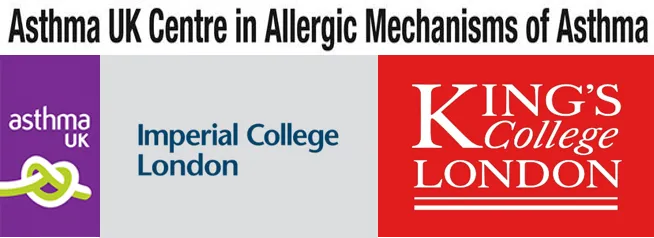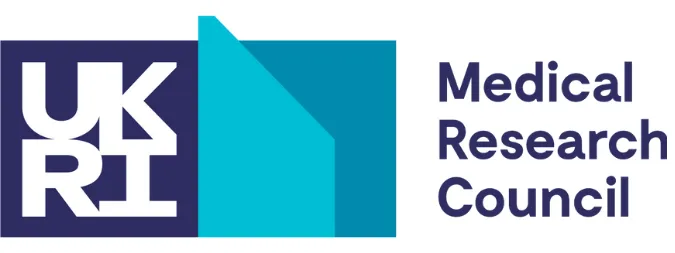The McDonnell Laboratory studies the molecules and molecular interactions that control allergic and inflammatory immune responses. The group uses molecular, structural, biophysical and computational methods to elucidate the mechanisms of pathological immune responses. Based on the understanding of interaction mechanisms, the lab designs and develops inhibitors of molecular interactions, employing structure-based design and library screening approaches. Inhibitors are used both as investigative tools and developed further as novel immunotherapeutic agents.
Our Partners

Biotechnology and Biological Sciences Research Council (UKRI)

Asthma UK

UCB Pharma

Asthma UK Centre in Allergic Mechanisms of Asthma



